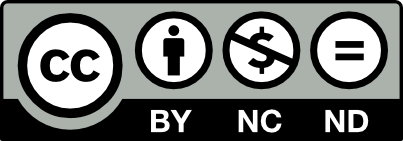Effect of Manganese Ion Implantation on Cavitation Erosion Resistance of HIPed Stellite 6
Artykuł w czasopiśmie
MNiSW
70
Lista 2021
| Status: | |
| Autorzy: | Szala Mirosław, Chocyk Dariusz, Turek Marcin |
| Dyscypliny: | |
| Aby zobaczyć szczegóły należy się zalogować. | |
| Rok wydania: | 2022 |
| Wersja dokumentu: | Drukowana | Elektroniczna |
| Język: | angielski |
| Numer czasopisma: | 6 |
| Wolumen/Tom: | 142 |
| Strony: | 141 - 146 |
| Web of Science® Times Cited: | 1 |
| Scopus® Cytowania: | 0 |
| Bazy: | Web of Science | Scopus |
| Efekt badań statutowych | NIE |
| Materiał konferencyjny: | NIE |
| Publikacja OA: | TAK |
| Licencja: | |
| Sposób udostępnienia: | Otwarte czasopismo |
| Wersja tekstu: | Ostateczna wersja opublikowana |
| Czas opublikowania: | W momencie opublikowania |
| Data opublikowania w OA: | 1 grudnia 2022 |
| Abstrakty: | angielski |
| The paper studies the influence of manganese ion implantation on the cavitation erosion behaviour of the HIPed Stellite 6. The implantation process was conducted using implantation energy 175 keV, and the fluences of implanted ions were set at 5 × 1016 Mn+/cm2 and 1 × 1017 Mn+/cm2. The microstructure of the samples was investigated using scanning electron microscopy and X-ray diffraction. The cavitation erosion tests were carried out according to the ASTM G32 standard with the stationary specimens configuration. The cavitation erosion-damaged surfaces of unimplanted and implanted samples were qualitatively investigated using scanning electron microscopy. Moreover, the phase development due to the ion implantation and cavitation erosion was analysed using the X-ray diffraction technique. The HIPed Stellite 6 microstructure is based on the cobalt-containing matrix consisting of γ (face-centred cubic) and ε (hexagonal close-packed) crystal structures and Cr7C3 chromium carbides. Generally, the applied implantation parameters have a minimal effect on the microstructure and erosion resistance. The X-ray diffraction analysis shows a negligible effect of implantation on the microstructure. The implantation using 1 × 1017 Mn+/cm2 seems the most promising for prolonging the cavitation erosion incubation stage as well as for minimalizing the material loss (30.4 mg) and erosion rate (1.8 mg/h); the unimplanted Stellite 6 shows these indicators at the comparable level of 34.5 mg and 2.0 mg/h, respectively. The study confirmed that cavitation loads induce the face-centred cubic to hexagonal close-packed phase transformation in the cobalt-based matrix. The cavitation erosion mechanism relies on the material loss initiated at the carbides/matrix interfaces. Deterioration starts with the cobalt matrix plastic deformation, weakening the restraint of Cr7C3 carbides in the metallic matrix. First, the deformed cobalt matrix and then hard carbides are removed at the interfaces. Further, the cobalt- based matrix undergoes cracking, accelerating material removal, pits formation, and craters growth. |

